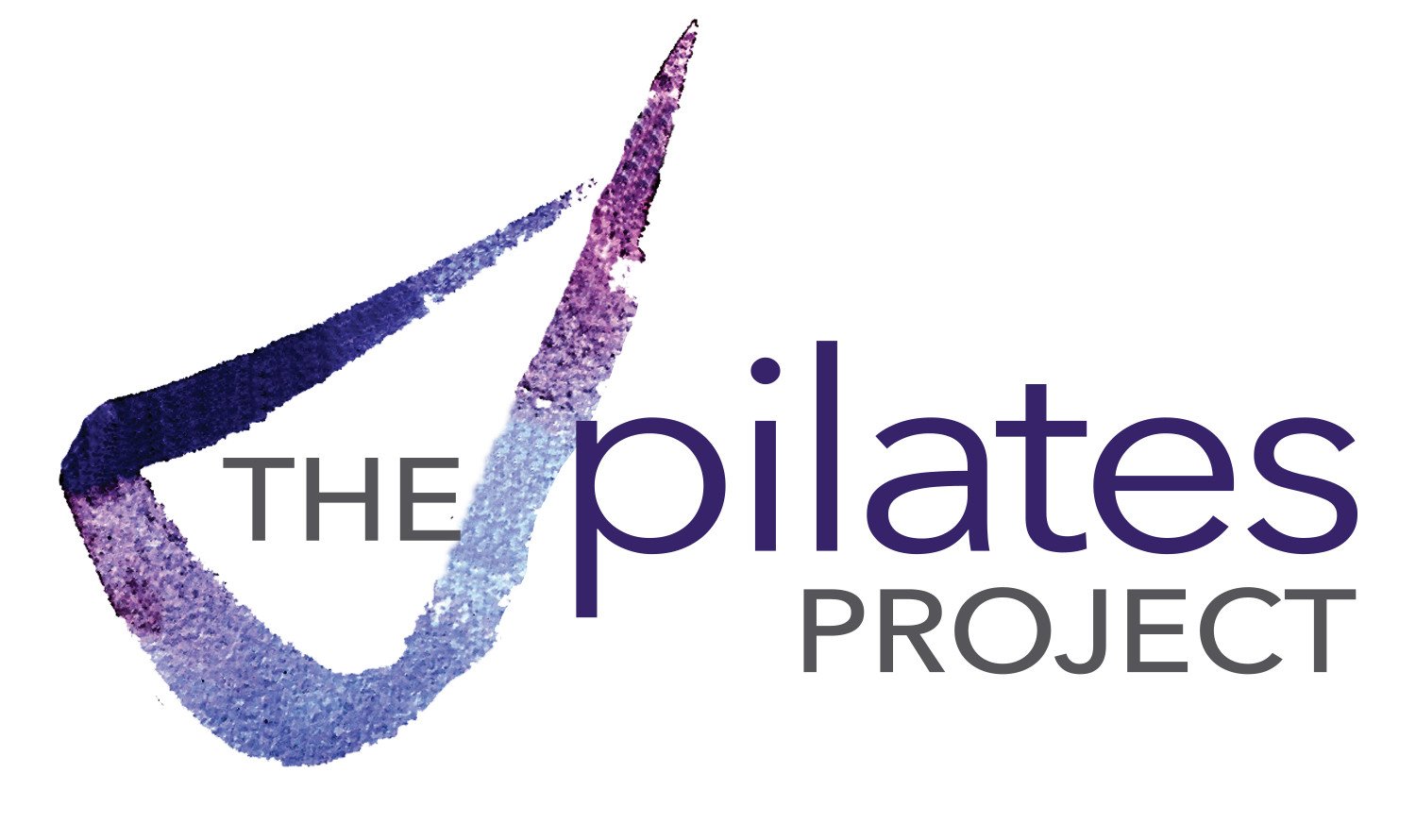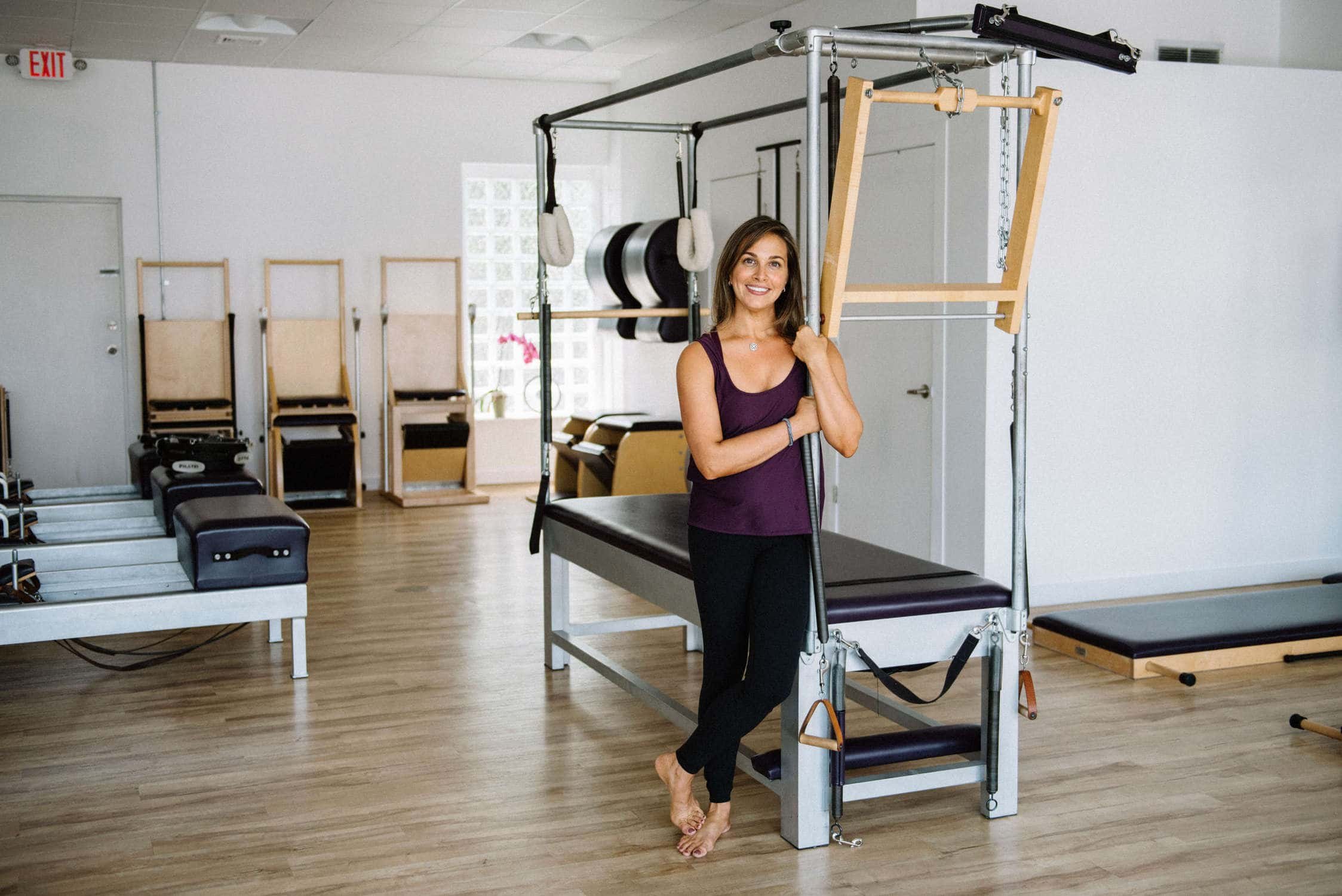Classical Pilates Defined: Navigating through the Pilates World
When I first discovered pilates in the late 1990s in NYC, it was a relatively unknown exercise program. It was mainly practiced by dancers and performers, people who had injuries, and some wealthy, older New Yorkers who had worked with Joseph Pilates before his death in 1967.
For years, Pilates was taught at Dragos Gym in NYC by Romana Kryzonowska and her daughter Sari Santos. Romana was Joseph Pilates’ protege. She taught in the original studio alongside Joe and his wife Clara and continued teaching Pilates to many others after his death. Mr. Pilates had other students. Ron Fletcher, Lolita San Miguel and Kathy Grant were all students of his and taught the Pilates method for many years. As Pilates gained some popularity, there was confusion as to who was allowed to use the name Pilates. That decision was made by Manhattan Federal Court in October 2000. The decision declared that Pilates, like yoga and karate, is an exercise method and not a trademark.
Fast forward 20 years later and Pilates has taken on a life of its own. With no umbrella organization or state licensure for teaching the Pilates method, consumers are able to choose from so many different Pilates or Pilates-ish options. There are Classical Pilates studios, there are contemporary Pilates studios, physical therapy Pilates, gym Pilates reformer, Megaformer, Cross Former. There is Pilates for back pain, Pilates for golfers, Pilates for—! It never ends. Here is some basic info to help decipher it all.
What is Classical Pilates?
The Pilates Method of Body Conditioning is a system of exercises invented by Joseph Pilates. It is a body-mind workout that uses various pieces of apparatus to create strength in the powerhouse muscles (e.g. abs, glutes, back, thighs) and length in your spine. The result is a healthy spine, strong muscles and a body that moves well.
Traits of Classical Pilates
Classical Pilates is the purest version of the method, adhering most closely to Joseph Pilates’ original exercises, apparatus and sequences.
A classically trained Pilates instructor has completed a minimum of 600 hours of training before they begin teaching. They learn and practice the exercises, study anatomy, hands on teaching methods, and safety.
Although many believe classical instructors teach everything with a flat spine, that is incorrect. They are trained to honor the curves of the spine and teach to the specific body.
What is Contemporary Pilates?
Contemporary Pilates is more broad, with so many different programs and viewpoints on the method. In a nutshell, contemporary Pilates programs adhere to Joseph Pilates’ concepts but do not necessarily adhere to his exercises and equipment designs.
Traits of Contemporary Pilates
Tend to be heavily influenced by physical therapy and biomechanics. All exercises are taught in neutral pelvis.
Contemporary Pilates instructors use more modern equipment they adjust their apparatus to the client they are teaching.
So many different schools of contemporary Pilates means so many different approaches to the method and very little uniformity.
What is Gym Pilates/ Megaformer / Crossformer?
These are the most watered-down versions of Pilates because they focus most on group classes, working muscles to fatigue, and sweating. This is very high intensity, low impact exercise that is similar to cross-fit.
Traits of these Methods
Anyone can drop into Group Classes without prior experience. The ratio between teachers to students are often 8 to 1 or more.
This workout is cardiovascular with a goal of muscles fatigue. Expect to be very sore.
Instructors complete a weekend course before teaching the class.
As a Pilates instructor for over 15 years, I choose to teach classical Pilates because I believe the method is magic if taught properly. There will continue to be new trends and takes on the Pilates method but Classical Pilates will always be relevant because it comes directly from the source. I hope this helps you navigate through the sometimes confusing world of Pilates and that you find yourself somewhere on the mat getting stronger and longer!


